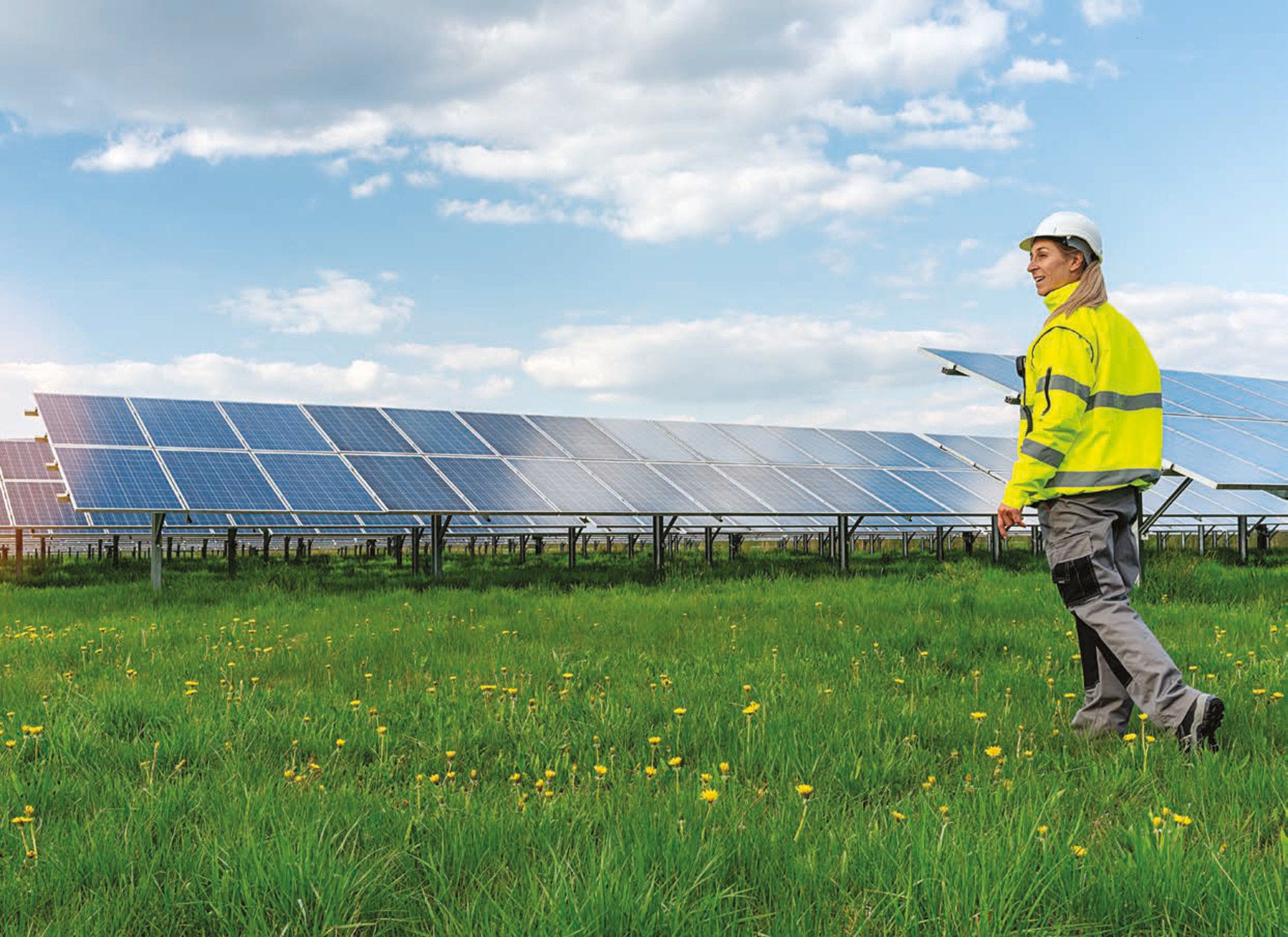See more data for Peru on the related dashboard.
Economic Policy Reforms 2023
Going for Growth

Peru
Product and labour markets functioning
Performance gaps
The economy is heavily reliant on natural resource intensive sectors and has limited diversification of exports, in terms of goods, firms and destinations.
Competition is weak in key sectors and a small number of companies tend to dominate markets.
Many public agencies across different levels of government have weak implementation and enforcement capacities, including in public investment and budget management. Peru’s civil service fragmentation, high job instability and lack of professionalization have hindered government effectiveness. Implementation of a 2013 civil service reform has been weak.
Recommendations
Subject existing and new regulations to systematic impact assessment with regards to competition.
Enhance R&D and innovation support to facilitate higher value-added export products, diversification, and the energy transition.
Fully implement the civil service reform across all levels of government, and ensure better skills capacity of the civil service, and systematic adherence to basic merit-based processes and standards in key areas such as recruitment, promotion and compensation.
Digital transition
Performance gaps
Poor and uneven internet coverage, coupled with high costs, hinder digital transformation. While the country’s internet penetration rate reached almost 90% in 2021, in practice only 70% of rural Peruvian households had access to the internet. This is mostly mobile connections as fixed internet has low penetration, even compared to the Latin American region.
Although the pandemic has sped up digital transformation in firms, SMEs report low use of online tools to buy and sell.
Recommendations
Boost public investment and work with local governments to mobilise investments to expand fixed internet coverage, particularly in rural and remote areas.
Boost public support to SMEs, in cooperation with the private sector, through targeted programmes to facilitate the adoption of digital tools, particularly in rural areas.
Foster digital skills through education and enhance the digital skills of teachers and school directors.
Inclusiveness, social protection, and ageing
Performance gaps
The COVID-19 pandemic has reversed progress in reducing poverty and inequality and has highlighted long-standing gaps in the social protection system. Major structural problems, including a high share of informal workers with no social insurance and a low coverage of social assistance programmes, have worsened.
Recommendations
Expand coverage of cash transfer schemes for poor households while maintaining rules conditioning them on participation in education and health services.
Establish a comprehensive strategy to foster formalisation, including lower non-wage costs, better skills, stronger enforcement and improvements in tax administration.
Climate transition
Performance gaps
Peru is particularly exposed to environmental risks and water security issues. Combined with deforestation, illegal mining, air and water pollution, and agricultural expansion, the climate risks threaten recent advancements in Peru’s development. While the updated Nationally Determined Contributions are ambitious, they still fall short of the net-zero target
Recommendations
Accelerate progress in decarbonising the economy through more stringent regulations and more consistent price signals, notably by gradually introducing carbon taxes, while protecting the purchasing power of vulnerable households.
Effectively implement economic instruments for water risk management and strengthen the regulatory framework towards universal coverage of water supply and sanitation.